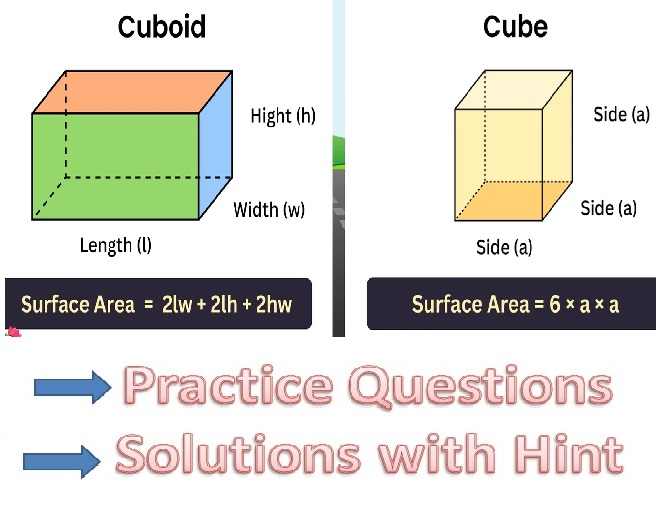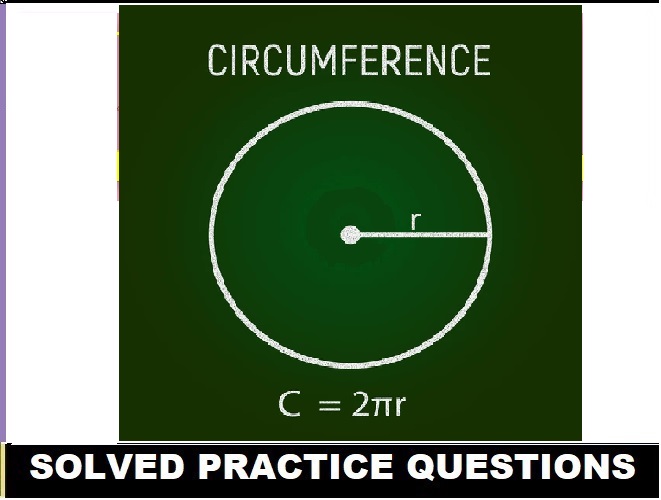Atomic Structure and Chemical Bonding Exe-4E MCQs Chemistry Class-9 ICSE Selina Publishers Solutions Chapter-4. Step By Step ICSE Selina Concise Solutions of Chapter-4 Atomic Structure and Chemical Bonding with All Exercise including MCQs, Very Short Answer Type, Short Answer Type, Long Answer Type, Numerical and Structured/Application Questions Solved . Visit official Website CISCE for detail information about ICSE Board Class-9.
Atomic Structure and Chemical Bonding Exe-4E MCQs Chemistry Class-9 ICSE Concise Selina Publishers
| Board | ICSE |
| Publications | Selina Publication |
| Subject | Chemistry |
| Class | 9th |
| Chapter-4 | Atomic Structure and Chemical Bonding |
| Book Name | Concise |
| Topics | Solution of Exercise – 4E MCQs Type |
| Academic Session | 2023-2024 |
Exercise – 4E MCQs Type
Atomic Structure and Chemical Bonding Class-9 Chemistry Concise Solutions
Page-80
(Choose the correct answer from the options given below).
1. The bond formed between a metal and non-metal is called:
(i) Polar covalent
(ii) Electrovalent
(iii) Covalent
(iv) Coordinate
Answer:
(ii) Electrovalent
2. The most ionic compound is:
(i) NaCl
(ii) KBr
(iii) CsF
(iv) MgCl2
Answer:
(iii) CsF
3. The electronic configuration of Ca2+:
(i) 2, 8, 8, 2
(ii) 2, 8, 8
(iii) 2, 8, 8, 4
(iv) 2, 8, 2
Answer:
(ii) 2, 8, 8
4. The formation of electrovalent bond is an example of:
(i) Oxidation reaction
(ii) Reduction reaction
(iii) Displacement reaction
(iv) Redox reaction
Answer:
(iv) Redox reaction
5. Ionic compounds are generally:
(i) Liquids
(ii) Gases
(iii) Liquids of very low boiling points
(iv) Solids
Answer:
(iv) Solids
6. An example of a double covalent bond is:
(i) Nitrogen molecule
(ii) Hydrogen molecule
(iii) Oxygen molecule
(iv) Chlorine molecule
Answer:
(iii) Oxygen molecule
Exercise – 4E MCQs Type
Atomic Structure and Chemical Bonding Class-9 Chemistry Concise Solutions
Page-81
7. Which of the following is not a non polar covalent molecule:
(i) Chlorine
(ii) Methane
(iii) Hydrogen chloride
(iv) Carbon tetrachloride
Answer:
(iii) Hydrogen chloride
8. The total number of atoms present in a carbon tetrachloride molecule is:
(i) 4
(ii) 3
(iii) 5
(iv) 6
Answer:
(iii) 5
9. Three pair of electrons are shared in a molecule of:
(i) Oxygen
(ii) Hydrogen
(iii) Methane
(iv) Nitrogen
Answer:
(iv) Nitrogen
10. In the formation of CCl4 molecule, the nearest noble gas configuration attained by carbon and chlorine respectively are :
(i) Argon and neon
(ii) Helium and neon
(iii) Neon and argon
(iv) Helium and argon
Answer:
(iii) Neon and argon
11. The characteristic of an electrovalent compound is that :
(i) It is formed by sharing of electrons
(ii) It is formed between metals and non-metals
(iii) It is formed between two non-metals
(iv) It often exists as a liquid.
Answer:
(ii) It is formed between metals and non-metals
12. When a metal atom becomes an ion:
(i) It loses electrons and is oxidized.
(ii) It gains electrons and is reduced.
(iii) It gains electrons and is oxidized
(iv) It loses electrons and is reduced.
Answer:
(i) It loses electrons and is oxidized.
13. An element Y has 2 electrons in the 2nd orbit and X has 7 electrons in its 3rd orbit. The compound formed between them has the formula:
(i) XY2
(ii) YX2
(iii) YX
(iv) Y7X2
Answer:
(i) XY2
— : End of Atomic Structure and Chemical Bonding Exe-4E MCQs Answer Class-9 ICSE Chemistry Solutions :–
Return to Return to Concise Selina ICSE Chemistry Class-9
Thanks
Please share with your friends


